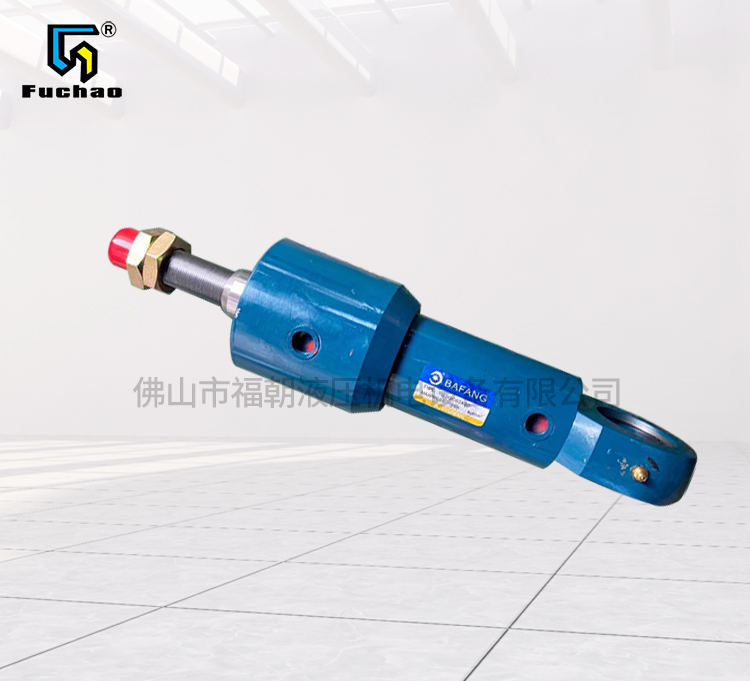
welded cylinder Buffering effect
In today's machinery and machine tools Hydraulic cylinder Load things up faster and faster. The saved US seconds can improve productivity and reduce costs. Therefore, the mechanical designer must find the key to control the cylinder as quickly as possible. The rate of pure progressive cylinder will eventually lead to unacceptable hydraulic impact load. The large inertia force at the end of the journey must stop without endangering the cylinder or load. One of the keys to connecting a higher average speed in the cylinder is to introduce a buffer at the end of the journey. The deceleration assembly of this kind of built-in equipment is supposed to reduce the excessive deceleration force and peak hydraulic pressure formed due to the sudden change of speed to a minimum. Buffer shall complete uniform deceleration by establishing constant pressure during deceleration. stay Hydraulic cylinder Once the buffer plunger or buffer sleeve with special shape or surface is accepted, the assembly supply will control the deceleration of the sequence.
In the buffering of welded oil cylinder, the plunger and the sleeve close the important oil drainage channel of the cylinder head or the cylinder head, close the oil between the piston and the cylinder head or the cylinder head, and the trapped oil cylinder is assembled to master the speed. Regardless of the clearance between the piston and the cylinder hole, the buffering itself must be properly aligned. In order to improve the cooperation with the matching economizing hole, a short cone is adopted at the guide part of the buffer plunger and the buffer sleeve. In addition, the annular gap must be aligned so that the oil activity characteristics are consistent from one journey to the next. The common buffer idea is the cylindrical plunger and sleeve with flow clearance, which have been used in the limited oil cylinder applications. It is economical to manufacture and can provide buffer in a narrow combination of load and speed. The buffer plan can also be a cone plan, which generally includes a cone accounting for 2/3 of the length of the buffer journey, followed by a cylinder diameter of the last 1/3 of the journey. The other buffering idea is the anti parabola with proper definite size for the oil cylinder. This idea is extremely noble in processing, so it cannot be economically used for general product limitations. Even deceleration can also be achieved by adopting a series of economizing holes in the buffer sleeve or plunger. This kind of porous or piccolo buffer processing and control is also very noble, and it is only used on cylinders with high buffer requirements.



